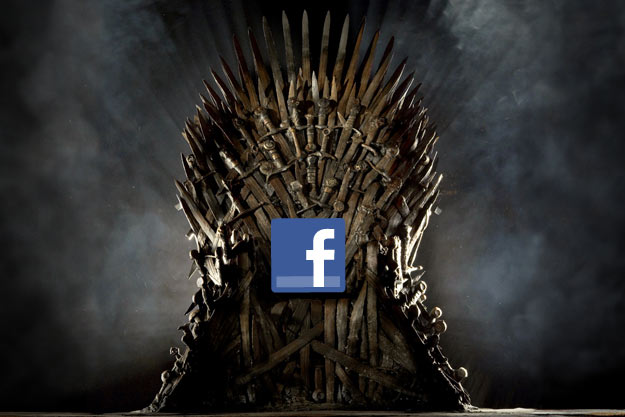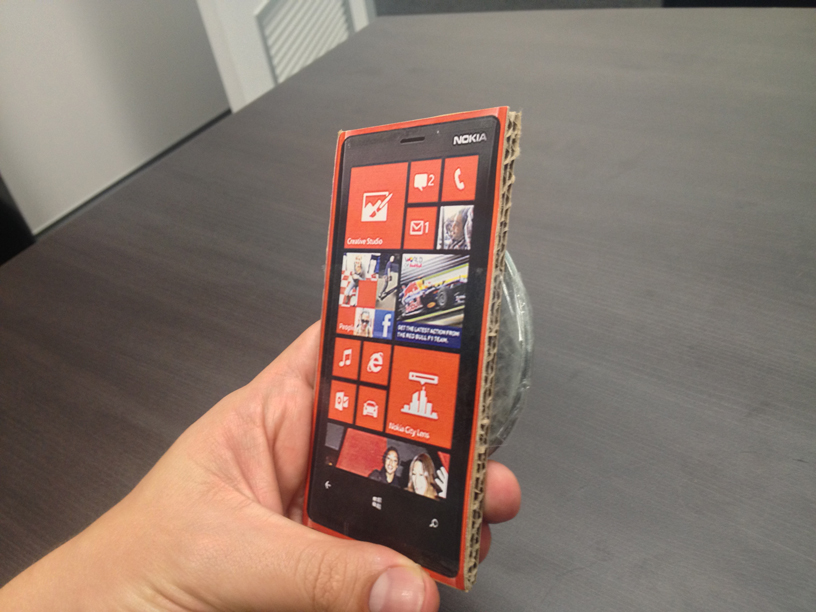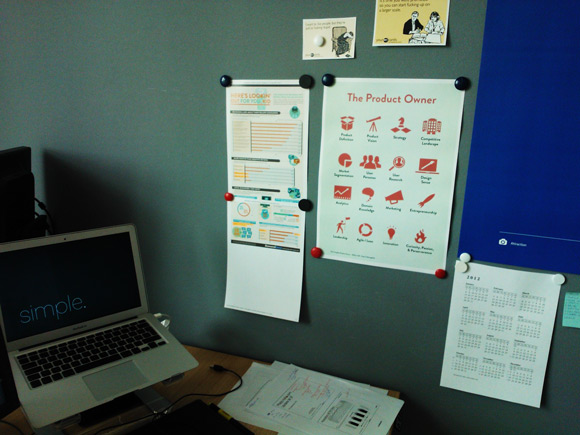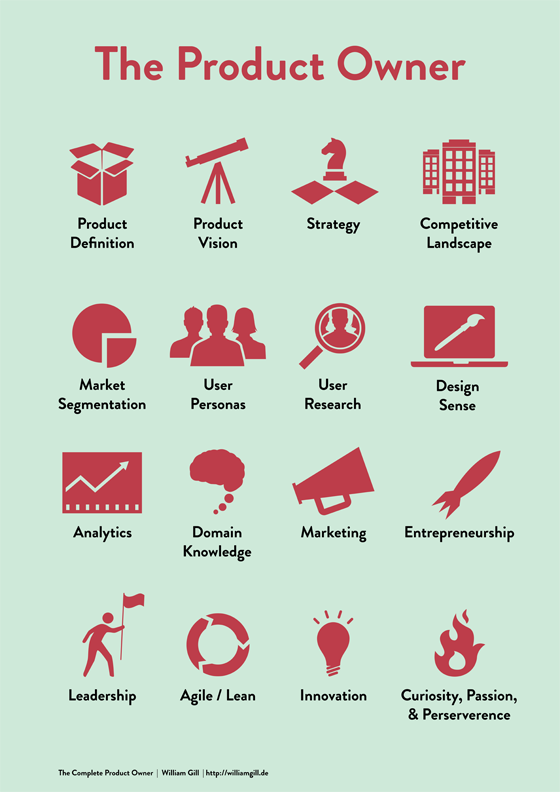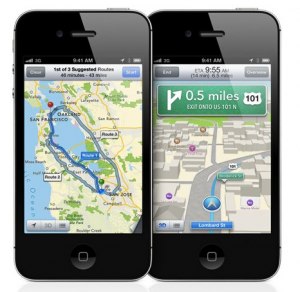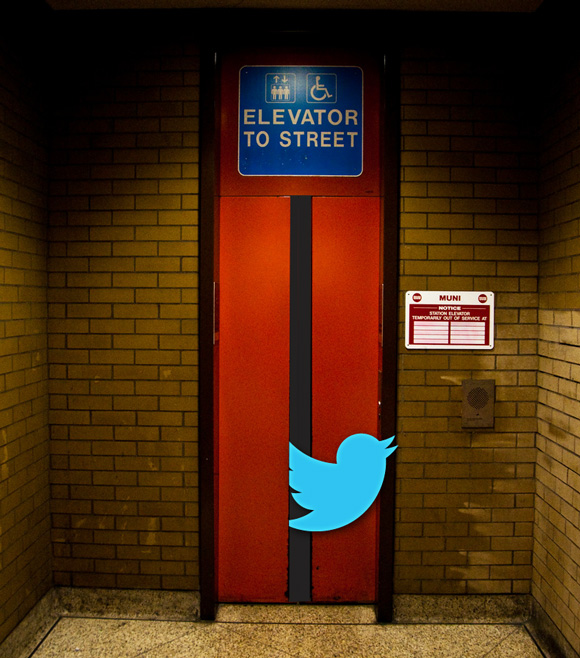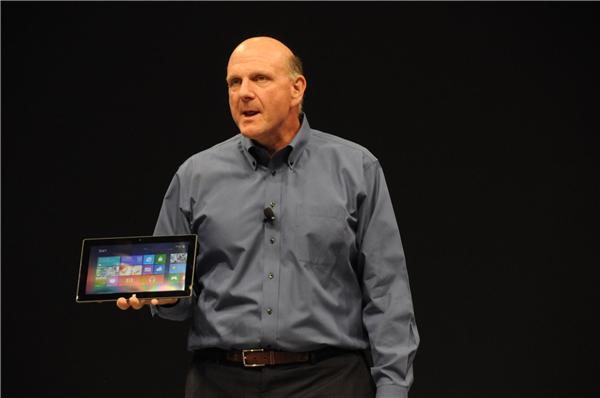The Financial Times reported today:
“Microsoft is preparing to reverse course over key elements of its Windows 8 operating system, marking one of the most prominent admissions of failure for a new mass-market consumer product since Coca-Cola’s New Coke fiasco nearly 30 years ago.”
One of the most prominent admissions of failure since New Coke? What gratuitous hyperbole.
Of course key elements will be changed in the upcoming release. That’s what upcoming releases are for, in any software development: to evolve, respond to consumer and market feedback and innovate.
The claim comes from a Financial Times interview with Tammy Reller, head of marketing and finance for the Windows business. The only actual quote from the interview they include was this:
“The learning curve is definitely real.”
Apparently this statement means Microsoft will be making a U-turn on their strategy of making touch a key input paradigm for both tablets and laptop/desktop form factors, and bringing these form factors together into a consistent user experience.
And if Microsoft takes moves to either simplify the user experience to lessen the learning curve, or provide support for users to make learning easier – does this really represent a massive “admission of failure”?
Even if Microsoft replaced the ‘Start’ button, does that really represent such a massive admission of failure? Really?
Tech media is seemingly enjoying dumping on Redmond lately; even going so far as to blame Microsoft alone for the recent slump in PC sales, although this sales slump also coincides with recent economic downturn.
We knew there were lots of problem areas with Windows 8; particularly the awkward relationship between the Metro-style interface and the old desktop. If Windows 8.1 (Blue) addresses this challenge and makes the relationship somehow clearer or easier to understand, this can only be a positive evolution along their current strategy.
Although the current leaked developer preview of Windows Blue doesn’t reveal much other than a few customisation options, I think it’s far too early to herald the downfall of Windows.

